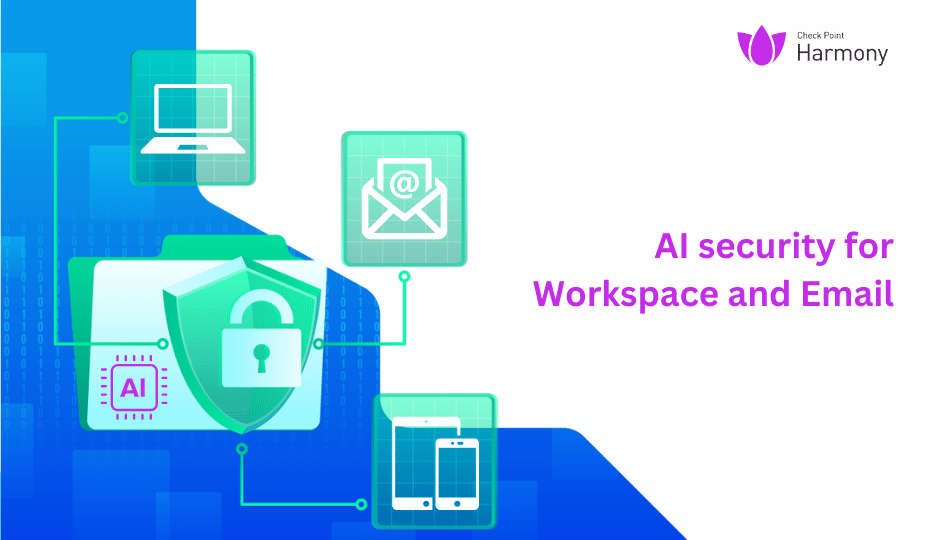
We are aware of AI’s wide-reaching applications, while it is increasingly being used to craft difficult to detect phishing attacks, it can also be leveraged to defend from them. Its enhanced situational awareness and decision-making abilities enable security professionals to monitor, prevent, and respond to cyber-attacks more effectively.
Ways in which AI can help defend your organisation are-
Automation of Repetitive Tasks: Cybersecurity requires a great deal of data collection, analysis, system management, and other repetitive tasks. AI automates these activities.
Improved Threat Detection and Response: AI collects massive amounts of data, analyses it, and responds based on the extracted insights. Thus, speeding and scaling the detection and response of cyberattacks, reducing the damage.
Enhanced Situational Awareness and Decision-Making: AI excels at data collection and processing, and the insights help improve security personnel’s situational awareness and ability to make data-driven decisions.
Some AI applications
Endpoint Security: AI solutions analyse user and application behaviour for indicators of compromised accounts or malware.
Network Security: AI analyses network traffic for trends that might indicate an attack.
Cloud Security: AI solutions address common challenges in cloud security, like ensuring cloud permissions, access controls, and security settings are properly configured.
Fraud Detection: AI systems analyse user behaviour for anomalies or malicious actions that indicate potential fraud.
But even AI has a few limitations…
Lack of Transparency and Interpretability: AI systems are supplied with data and enabled to build their own models. This can result in a lack of transparency, making it difficult to extract information about how the decisions are made.
Bias and Fairness Concerns: An AI system’s internal model is only as good as the data that was used to train it. If that data contains biases, then the AI system will be biassed as well.
Integration with Existing Security Systems: AI systems can enhance security operations, but they are most effective when integrated as part of an organisation’s security architecture. If AI-powered solutions play well with an organisation’s other tools, then they can add immense value to the organisation.
Ensure the following while setting up AI for security
Develop an AI strategy: A key part of using AI for security is identifying how AI can be best deployed to address an organisation’s security challenges and developing a strategy suited to their worries.
Regularly test and update: The quality of an AI system’s model depends on the data used to train it. If that data is incomplete, biassed, or out-of-date, then the AI system might not make the best decisions. Hence, AI systems should be periodically tested and updated.
Where there’s AI in email security, there’s Check Point Harmony
Check Point Harmony is a frontrunner AI email security tool that integrates into your Microsoft 365 or Google Workspace mailboxes flawlessly. With state-of-the-art threat detection technology, Harmony catches unique threats that most traditional email gateways cannot. Take a wise decision today, try Check Point Harmony for FREE with Logix.